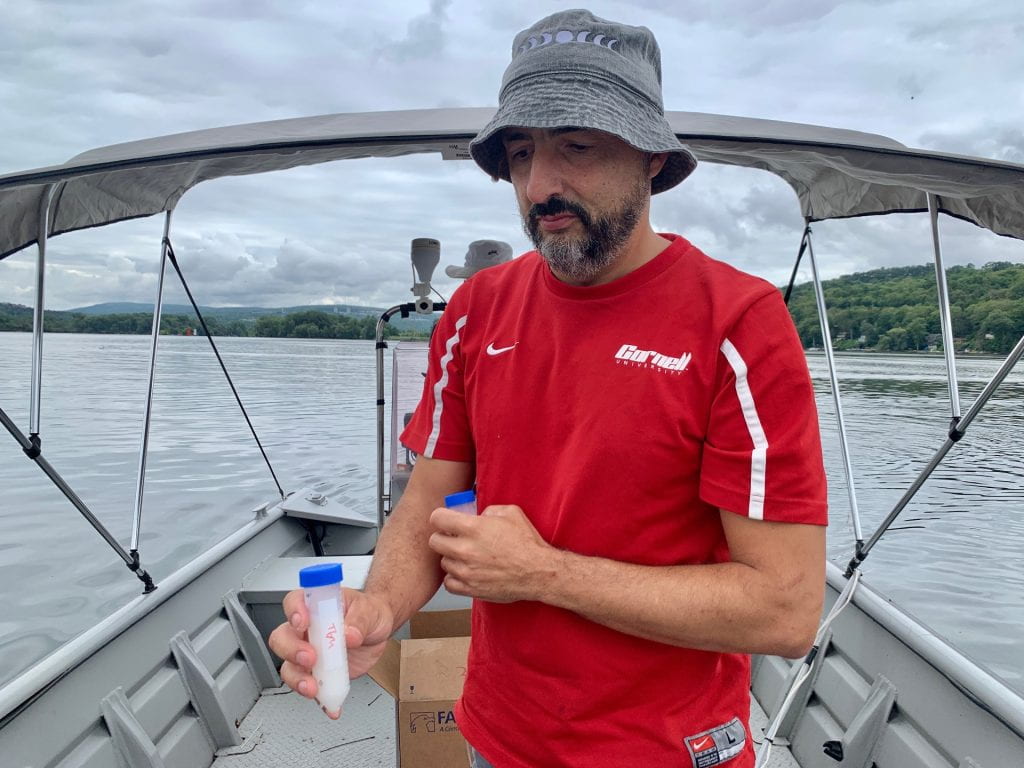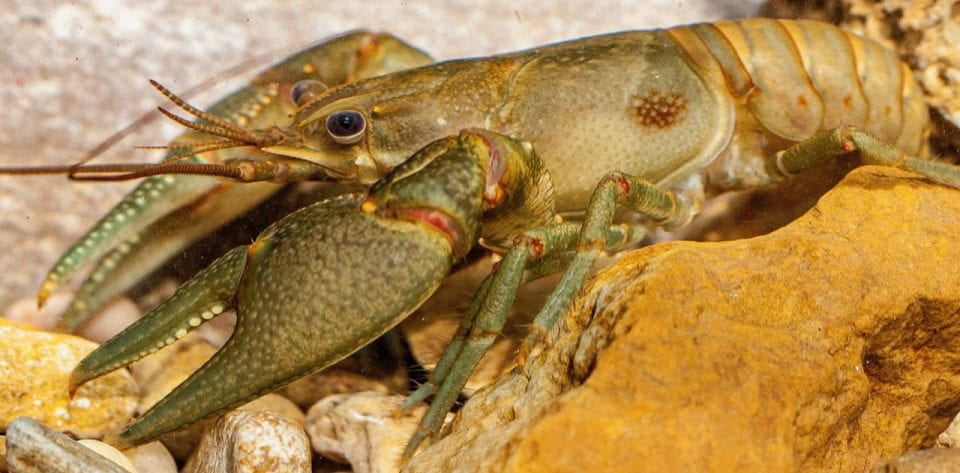Using Engineered DNA to Assess Spatial and Temporal Variation in eDNA as a Measure of the Temporal and Spatial Variation of Biodiversity. (SERDP-US Department of Defense)
In collaboration with the Departments of Natural Resources and the Environment, Civil Engineering, and Biological and Environmental Engineering at Cornell we are developing novel tools to study the advective transport of environmental (eDNA), and to determine the spatio-temporal relationships between the occurrence and abundance of eDNA and biodiversity.
Connectivity and spread patterns of the highly invasive aquatic plant Hydrilla verticillata in New York. (NY State Water Resources Institute at Cornell)
The abundance of waterway connections make New York State particularly sensitive to biological invasions by invasive plant species. Using population genomics, it is possible not only to estimate the number of invasion events, but also to understand dynamics of this secondary spread. In collaboration with the Water Resource Institute, we are using genotyping‐by‐sequencing approach (ddRAD), to determine the patterns of regional connectivity and establishment of new populations of Hydrilla verticillata, a Federal Noxious Weed, on the NY Invasive Species Research Institute (ISRI) Priority List.
Development of an efficient, standardized, environmental DNA method for the detection of coastal invasive species.
(NY Sea Grant-NOAA)
Early detection of aquatic invasive species is necessary for the protection and enhancement of healthy coastal habitats, ecosystems, and the services they provide. We have developed and validated new eDNA targeted multiplex for the co-detection of multiple invasive species in a single assay. Targeted species range from fish (snakehead, round goby), to invertebrates ( rusty crayfish; see banner photo © Guenter Schuster) to plants (Hydrilla, starry stonewort).
Quantification of commercial shipping’s effects on biodiversity using eDNA. (National Science Foundation)
Spread of nonindigenous organisms by shipping is one of the largest threats to coastal ecosystems. Limited monitoring and understanding of this phenomenon currently hinder development of effective prevention policies. In this project we surveyed ports in North-South America, Europe, Southeast Asia, and Australia using environmental DNA community profiles. Collectively, our results confirm that species spread risks differ among ports in predictable ways, and that relatively simple traffic models yield informative predictions for invasion management. Read more: https://www.biorxiv.org/content/10.1101/2021.10.07.463538v1.full
Development of molecular diagnostic tools and investigations of population origin of invasive pest insects.
(US Department of Agriculture)
In collaboration with USDA-Aphis the EGCF has developed molecular diagnostic tools for multiple invasive pest insects including Asian spongy moth, Read more: https://onlinelibrary.wiley.com/doi/10.1111/eva.12962


